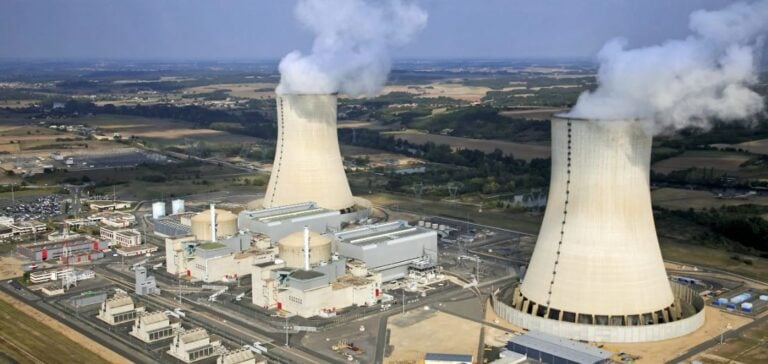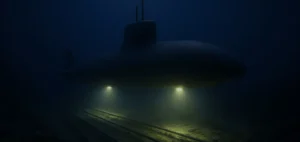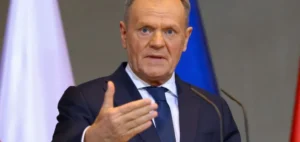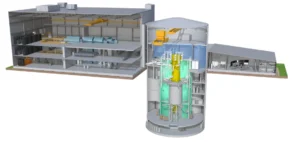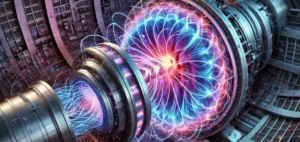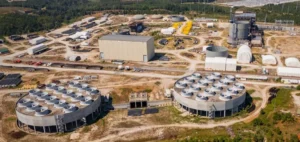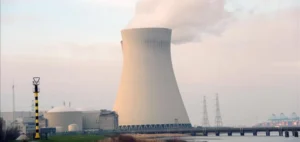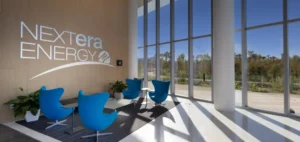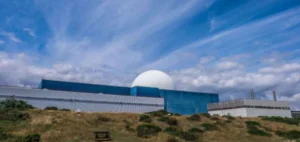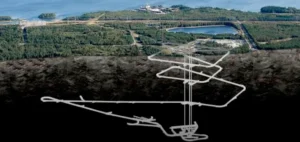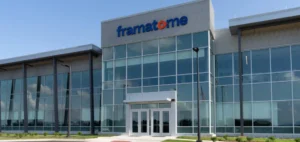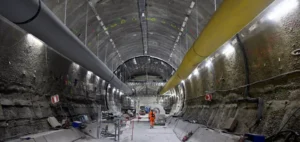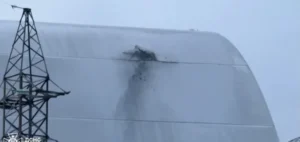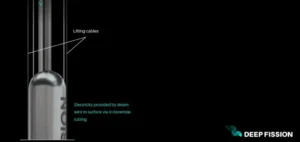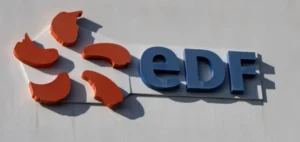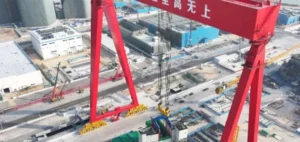This new body, the Nuclear Safety and Radiation Protection Authority (ASNR), now brings together the Nuclear Safety Authority (ASN) and the Institute for Radiological Protection and Nuclear Safety (IRSN). It is the only entity responsible for nuclear safety across the national territory, succeeding the ASN, formerly the “nuclear watchdog,” and the IRSN, which previously handled expert assessments. This merger, implemented at the initiative of the executive branch, has been officially justified by the need for more direct and coherent decision-making. However, it raises questions regarding the preservation of technical independence and the assurance of transparent public information.
Reorganization and framework for assessments
The ASN previously oversaw the monitoring and regulation of the nuclear sector, while the IRSN focused on risk evaluations and scientific studies. Several observers have expressed concern that merging these two functions may blur the lines between managing a case and providing the necessary expert assessment. Within the ASNR, some worry about maintaining a boundary between the decision-maker and the technical advisory role. The ASNR’s representatives, for their part, indicate that the new structure is designed to ensure a clear distinction between these two components.
The Office for the Evaluation of Scientific and Technological Choices (Opecst), which advises elected officials on complex subjects, questioned Pierre-Marie Abadie, president of the ASNR. According to him, the merger does not imply any rollback in terms of transparency or independence, since internal procedures are intended to prevent conflicts of interest. The technical opinions would be made public, in most cases, at the same time as the decisions for which they were requested. The president of the ASNR also mentions the possibility of publishing expert assessments earlier, if this addresses an urgent need for information.
Principles of referral and self-referral
Until now, assessments were based on a “commission” given by the decision-making body to the analytical body. According to Pierre-Marie Abadie, the new internal regulations replace this notion of “commission” with a “referral,” reinforcing the idea of a formal and transparent process. The document also grants the experts the ability to act on their own initiative, allowing them to investigate a subject without waiting for a hierarchical request. This feature is viewed as a measure designed to maintain a high level of scientific independence within the new authority.
The head of the ASNR emphasizes the desire to organize rigorous exchanges between expertise and review, while avoiding an overly strict compartmentalization. He cites the removal of overly restrictive wording in the initial version of the regulations, to allow flexibility in how analyses are conducted. Internal working groups are required to document each step of their evaluations, thus ensuring clear traceability of their findings. The relevant teams can therefore propose deeper investigations of any points they consider important, so that no aspect is left unexplored.
Parliamentary reactions
Several members of the Opecst welcomed the improvements made to the final text. Nonetheless, they emphasized the need to closely monitor how the announced measures are implemented, particularly regarding the separation between technical assessment and decision-making. The parliamentarians stress that this merger must not diminish the experts’ ability to express their concerns or issue alerts if necessary. They also believe that systematically publishing technical opinions and decisions will be a good indicator of the level of transparency.
La France Insoumise (LFI), represented by a deputy opposed to the reform, continues to consider the guarantees offered by the new authority on the question of independence to be insufficient. This political group remains highly attentive to the balance established between scientific expertise and administrative decisions. The option for self-referral and the systematic publication of research studies remain key areas of scrutiny that were highlighted during these discussions. Other elected officials also express their concern about preserving the possibility of external counter-expertise, so as to maintain a variety of analyses in the nuclear sector.
Transparency, publications, and further discussions
Numerous observers believe that public information remains a critical issue. Publications must include detailed evaluation procedures, clarifying how the conclusions were validated and according to which criteria. The president of the ASNR confirms that a wide range of reports, whether they concern inspections or specific studies, will remain available online. This accessibility aims to foster trust among operators, the administration, and external stakeholders.
Some environmentalist elected officials point out that this merger is recent and must prove its effectiveness over time. Certain representatives are already calling for regular assessments of the real impact of this reorganization, through reports made available to the relevant committees. Others believe it is necessary to continue dialogue with former IRSN personnel, to address their concerns about preserving a strictly scientific approach. This process, in their view, requires ongoing follow-up and attention at each step of the decision chain.
Many parliamentarians believe that the final version of the internal regulations has made progress on sensitive issues, in particular the separation between review and expert assessment. Better defining the roles of those involved, and allowing self-referral, is seen as a step toward greater technical independence. Some, however, fear that having everyone under one umbrella may influence the scope of expert opinions over the long term. This concern supports the idea of enhanced oversight, which both elected officials and observers intend to maintain.
Certain critics finally suggest that the ASNR must demonstrate, through its first decisions, the strength of its model in terms of transparency, rigor, and objectivity. Several feedback reports are awaited to determine if the separation between expertise and decision-making remains effective in all situations. Parliamentarians from various political backgrounds have already announced their intention to conduct additional hearings to ensure that the commitments set out in the regulations are faithfully followed. This diversity of views underscores the importance of the debate surrounding nuclear safety and encourages all parties to evaluate the concrete effects of the merger on the core principles of oversight.


